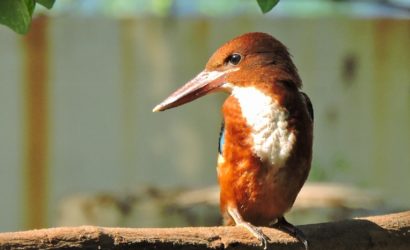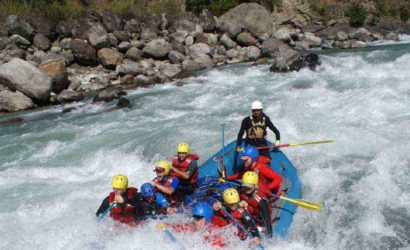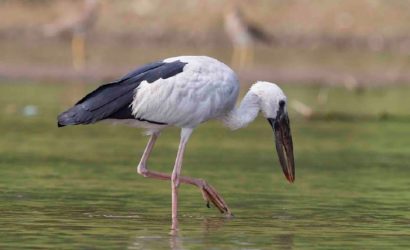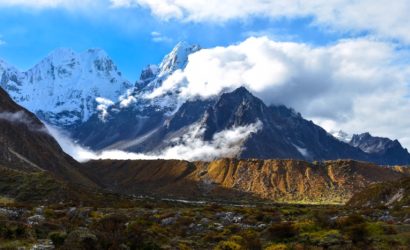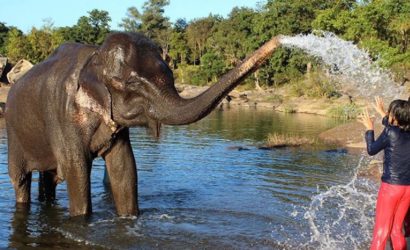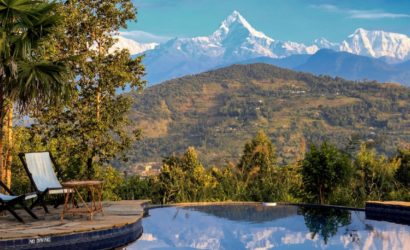Q. Will somebody come to pick me up at the airport upon my arrival?
A. Yes, our airport representative will be there to greet you at the airport. S/he will be displaying an Himalaya Discovery Adventures sign board outside the airport terminal. Upon arrival, you will be transferred to your hotel by our tourist vehicle.
Q. When is the best time to travel to Nepal?
A. For the trekking regions of the Annapurna, Everest, Langtang, Jumla Rara Lake, Makalu, Kanchenjunga and Manaslu we recommend the periods February to May and September to December as the best time for travelling.
- For trekking in Mustang or Dolpo region we recommend May to September.
- The Poon hill trek in the Annapurna region takes place throughout the entire year.
- Cultural tours takes place throughout the entire year. For the best mountain views the periods February to May and September to December are recommended.
Q. How is the climate (temperatures) during the seasons?
A. Winter – January and February. Pleasant temperatures. The nights, mornings and evenings can, however, be quite cold (approx. 0°C – 5°C. Throughout the day, it is mostly sunny with cooler temperatures (approx. 18°C – 20°C).
Spring – March to May. Hot and dry pre-monsoon season (approx. 25°C – 30°C during the day, and approx. 7°C – 20°C at night). May is the hottest month in the lowlands. June is the hottest month in the mountains.
Summer – Monsoon from June to August (approx. 28°C – 30°C during the day, and approx. 20°C at night). Strong rainfall, continuous sultriness and high humidity.
Early autumn – From September the monsoon season is constantly interrupted by periods with only a slight rainfall. Towards the end of August the pauses in rainfall become more frequent and longer.
Late autumn – Post-monsoon season from October to December. The nights, mornings and evenings can be relatively cool (approx. 5°C – 10°C). During the day the sun shines and it is warm (approx. 20°C – 27°C).
Q. Where can I change money?
A. Any cash you have taken with you can be exchanged into Nepalese rupees at the banks, large hotels and the numerous bureau de changes.
Q. Can I use my mobile phone in Nepal?
A. The network coverage is meanwhile quite good in the Kathmandu Valley, Pokhara and other parts of the Terai (in the rural areas it is very unpredictable).
Basically, foreign SIM cards (providers having international roaming contracts with Nepal) can also be used. However, it is cheaper to buy a local SIM card (Mero Mobile, NTC (GSM) – for approx. NPR 500 or more) and top this up.
Q. Can I use the tap water for drinking and brushing teeth?
A. Tap water is not suitable for drinking in Nepal and it should not be used for cleaning your teeth, either. As there is often a scarcity of water in the countryside, water should be used very sparingly.
Q. What should I concern during my stay in Nepal?
A. Nepali people are very kind and friendly, but there are some things that you should be aware of:
- Do not take photos of anyone without their permission; always ask permission first!
- Do not wear hot pants/short paints or stylish clothes in the remote area! (shoulders and legs should be covered)
- Do not wear hats or caps when you enter a chapel!
- Do not touch Buddha statues or ritual offerings inside of a monastery!
- Do not kiss or hug in public places, especially in monasteries!
- Do not step across someone’s feet, cups or cooking gears!
Q. What documents do I need to visit Nepal?
A. A tourist visa is required for entering Nepal. The tourist visa can be applied for, for different lengths of stay. A visa is required for children under 10 years but no fee is charged. The entry to Nepal must take place within 6 months of issuing the visa.
Q. How much does the Visa for Nepal cost?
A. The fees for the tourist visa (fees valid since 16.07.2008) are staggered as follows:
- 15 days (several entries possible) $ 30 (approx. EUR 27.00)
- 30 days (several entries possible) $ 50 (approx. EUR 45.00)
- 90 days (several entries possible) $ 125 (approx. EUR 115.00)
An extension of the visa to a maximum of 150 days is possible (per year – January to December). The extension must be made at the Immigration Office in Kathmandu. A fee of $ 2.00 is charged in Nepalese rupees (NPR) per day of extension.
Q. Can I find a hospital with western doctors?
A. CIWEC Clinic with western doctors is located in Lazimpat, Kathmandu, Tel. +977 1 442 4111, info@ciwec-clinic.com.
Q. Do I need an international health and travel insurance?
A. It is recommended taking out a travel and health insurance covering the following risks:- Emergency and personal accident transport/emergency evacuation (helicopter rescue, rescue costs in a case of illness or accident), medical and personal accident risks, repatriation, tour cancellation, damages and theft of baggage.
Q. What happens in bad weather periods?
A. There is virtually always a possibility of a flight delay or postponement owing to highly unpredictable weather conditions that may occur in Himalayan regions, in particular, in the Everest region (Lukla), Jomsom, Dolpo, Simikot and the Jumla region, etc.
When trekking in remote areas or those described above, and especially outside the trekking season, the clients are strongly advised to reserve extra days for making allowance for possible delays, and thereby avoid any frustrating consequences. In the case of a delayed flight prior to commencing the tour, or at the end of the tour, the participants shall pay for their own accommodation, food costs, etc.
Q. Where can I store my unneeded luggage during trekking?
A. As a rule there is the possibility before commencing the trek, of depositing part of the baggage in the hotel in Kathmandu or in Pokhara.
Q. What kind of meals I can have during the trekking?
A. All Meals on full board basis will be provided during trekking. Freshly cooked food is served at all times (western, continental and Nepalese, Chinese, Indian and Tibetan meals are available in all places).
Q. Is there any communication while we are on trekking?
A. There are telephones in some villages along the trekking routes from which you can make international calls. All our guides are equipped with the local mobile phone. You may wish to pass the number of our guide to your family for the callback or you can make a call from the guide’s mobile and pay him directly for the international call too.
Q. Can I re-charge camera batteries along the trek?
A. Yes, Most of the places, you can charge batteries along the trek (per hour USD 2 – 3 for charging).
Q. What kinds of banking facilities in Nepal?
A. Nepal has modern banking facilities and some international banks even have offices in Kathmandu. Almost all foreign currencies along with credit cards such as American Express, Visa, and Master card are accepted in Nepal. Nepal has also ATM facilities as well.


